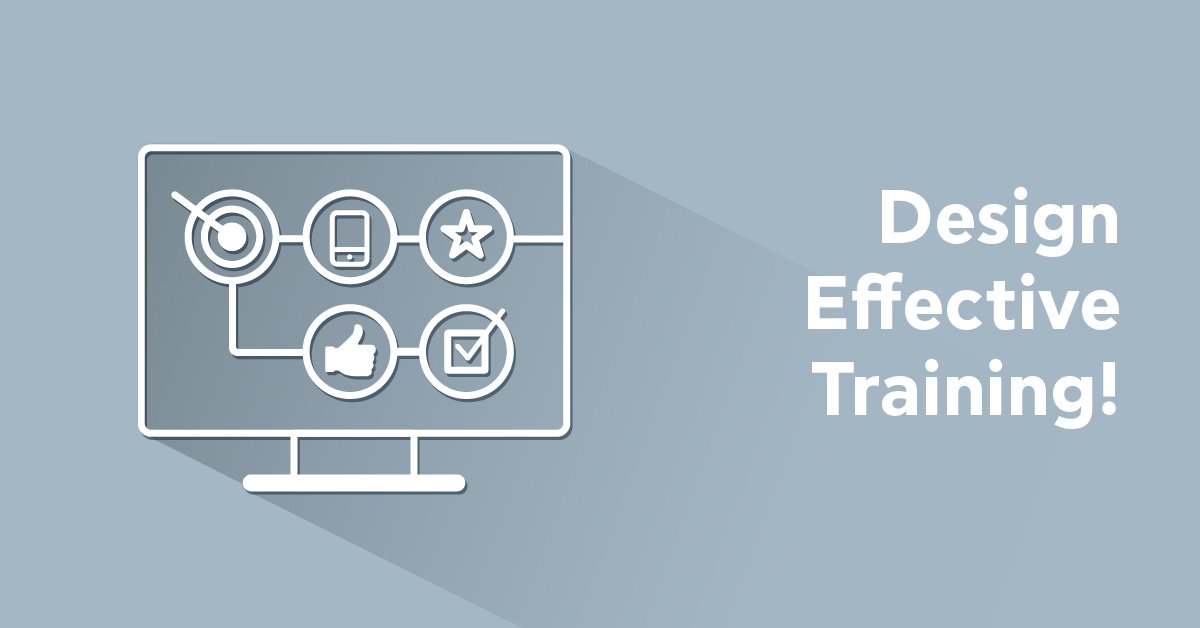The funny thing about change is that if you don’t embrace it, you will stay the same.
And staying the same while the rest of the world transforms around you is probably the worst strategy that any business could adopt.
In the 21st century, a delivery company taking orders via fax, or a clothing manufacturer that still relies on the production of hand-stitched garments, would suffer a certain death as the competition becomes faster, more responsive, and provides superior quality.
Now, we’re not saying that change equals technological advancement. In fact, we would argue that change equals people. Because the single most timeless asset that a business will ever possess is its people.
People create technology, people use technology, and people sell technology.
The clever American Professor and Author, Leo Buscaglia, once said, “The end result of all true learning is change”. And we couldn’t agree more.
So, when the change you see in the world becomes overwhelming, and you’re wondering where to even begin, don’t upgrade your technology. Upgrade your people by enabling them to learn.
And what better way to learn than through technology itself? By investing in training development and leveraging smart instructional design strategies for eLearning, your people will become the change that your business seeks.
The living, breathing, moving parts that continuously acquire new knowledge, skills, and perspective for innovative new product development, ethical selling techniques, teamwork, and everything else your business might need to stay ahead of the competition.
Models for Instructional Design
Training development is no new concept. Organizations big and small have been designing training since the industrial revolution.
But training is not a tick-box task. No, training costs time and money, which sees no real return unless learning actually takes place. So, the trick is to find an instructional design process that is effective in enabling employees to learn.
Many people, from many places, for many years, have tried to discover the secret to this. An instructional design process that would “guarantee” the effectiveness of learning programs.
Some of the most popular models used today include the ADDIE model, Bloom’s Taxonomy, Merrill’s First Principles of Instruction, and the SAM model. These models provide some level of practical guidance for the stages of instructional design.
But while these models can be helpful, the instructional design process is something of an art. And just as there’s no instruction document for painting the perfect picture, there really is no single prescribed way to best design training.
Instead, we recommend focusing on a few key instructional design principles (or tips), that will enable and encourage learning, within any combination of instructional design models.
5 Tips for Effective Instructional Design
If instructional design is the art of education, then these 5 tips are the painting techniques for creating the Mona Lisa of eLearning.
No matter the model, these instructional design techniques center around one core concept. And that’s the “deconstruction” of your training.
Rather than thinking about the ‘whole’, evaluating and analyzing each component and its purpose ensures that every part of the training design receives its due attention, leading to a beautifully integrated educational product.
#1 Bring the End to the Beginning
First things first…
Actually, not this time.
The best way to start your instructional design process is with the end in mind. In other words, what should people be able to do once the training is complete?
Is there important knowledge that they should be able to recite? Or maybe there’s a behavior that they should demonstrate? The best way to ensure that your training makes a tangible difference to the way people add value at work is to let the learning objectives guide the rest of the instructional design process steps.
A useful model at this point is Bloom’s Taxonomy. This works like an index for determining the level of learning objective to be achieved (for example, being able to recite a list, versus the ability to analyze a situation).
As the saying goes, if you don’t know where you’re going, any road will get you there. Know your end goal, so that you can choose the right road.
#2 Fine Dining for the Mind
This tip has nothing to do with Hannibal.
Here, the emphasis is on breaking up your training design into manageable modules and units that make it easier for people to learn.
You see, just as you wouldn’t want to fill up on your first of a five-course dinner, or mix your seafood soup with your duck a l’orange, you also wouldn’t people to grow weary after the first day of training, or confuse different concepts.
The idea is to design each unit as a simple, focused, bite-sized chunk of learning that directly relates to the learning objective. Each learning objective is represented by a module, consisting of units that make sense together.
This also enables your busy employees to plan and manage their time by tackling one or two units a day.
A learning design plan (which can be as simple as an Excel spreadsheet) is a useful way of arranging these modules and units by their respective learning objectives. The oversight that an LDP provides allows you to:
- see how different content and activities are integrated,
- identify any gaps where a learning objective is not being met,
- balance the type of learning delivery (for example, didactic and interactive)
- and even to identify any overlap if an employee is involved in multiple learning initiatives.
The LDP will become a working document, and the point of truth, for the rest of your instructional design process.
#3 Don’t Put the Cart Before the Horse
Yes, the training content and its chosen delivery are important. Really important. But it needs to be guided by the learning objectives and the target audience.
Because as fun as an interactive quiz might sound, it’s not a great way to teach someone how to work in a team. Just as a 20-page guidebook, however well written, is probably not the best way to show someone how to fly a plane. At least, we wouldn’t want to be there when they first gave it a try.
What we’re trying to say is, before you get to the content creation step in your instructional design process, first understand your audience. Understand their current capabilities, their preferences, their lifestyle. And then, together with considering the learning objectives, create the content and choose its delivery.
If your audience is a group of sales consultants with a busy travel schedule, and you’d like them to learn how to tailor their sales strategy for different clients, then a 300-page book is probably going to be left on a shelf to gather dust.
Rather, an online course consisting of focused units would allow them to learn what they can, where they can, when they can. The flexibility to manage learning in between travel and work commitments would be of paramount importance.
By using engaging interactive videos that present challenging questions or branching scenarios, the consultants will be more likely to remain focused on the content and will learn to think, rather than read.
#4 Built in Opportunity for Feedback
Small wins are a sure way to motivate someone along their learning path. But the only way to know you’re winning is through feedback.
Likewise, if you’re off target, feedback lifts the blindfold so that you can see the distance between where you are and where you need to be.
Regular opportunities for feedback can be built into your learning design plan without too much time or effort.
Feedback can be planned once off, and ahead of time, as automated responses in an online quiz, self-grading solution documents released after the completion of an activity, or branching scenarios with outcomes that speak to the choices made.
And then, of course, peer and self-assessment are commonly used where a group of learners is completing the same exercise.
#5 The Quest for Perfection
Employees aren’t the only ones with something to learn. It’s important that training evaluation becomes an intentional step within the instructional design cycle.
Ask people about their learning experience. Test their competencies on the learning objectives before and after training, and consider what could lead to greater improvement next time around.
This kind of iterative approach will enable you to leverage every experience and create an ever-improving instructional design process.
Once you’ve successfully completed your instructional design process and incorporated the tips above, make sure to choose a quality learning management system to see your hard work come to life!
| Tags: eLearning Courses,eLearning Design



![Building A Training Module In 5 Simple Steps [+ Free Template]](https://images.www.talentlms.com/blog/wp-content/uploads/2022/08/TLMS_20220722_1200x628.png)